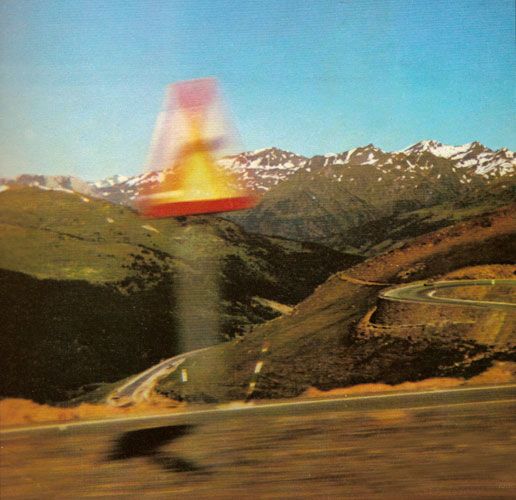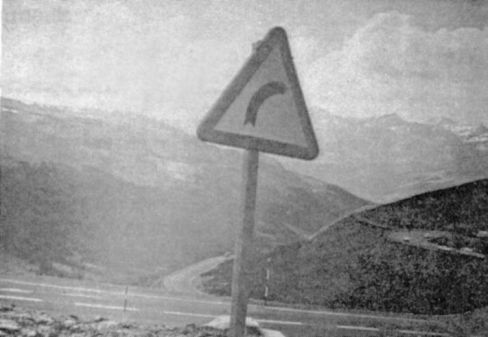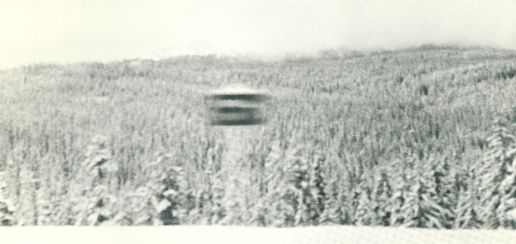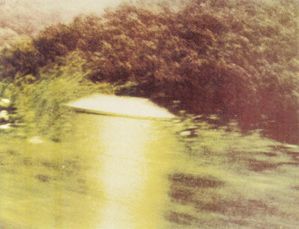In 1975 several Dutch-language newspapers published the story of a remarkable photograph taken at Pas de la Casa, a holiday resort in Andorra, the tiny Principality in the heart of the Pyrenees, tucked away between France and Spain. We quote from the Belgian Sunday paper Zondagsblad (the translation is from Dutch; the names of the witnesses have been suppressed):
'Flying saucers don't exist', that's what the Dutch couple R. and W.D.M. from Waddinxveen always believed. But since their holiday in Spain this month, their belief received a serious blow, for the couple is now saddled with a photograph depicting an unexplainable object.
On the 1st of July of this year the couple left with their two children for a month-long trip to Spain. On their way to the Costa Dorada, the family had spent the night in Andorra. The weather was excellent, not a cloud in the sky, and the family was enjoying the panoramic view. R.D.M. had brought her old camera with her to make a few holiday shots and it was so beautiful here that she wanted to take a picture for home. She snapped a shot from the moving car. Upon arrival at the final destination of their journey, Calafell, father D.M. took the now full role of film to the local photo shop. The photos would be finished the next day.
Mrs. D.M.: 'When we got there a day later to pick up the pictures, the photographer acted very strange. While searching for our pictures, he told us we had photographed a UFO. We looked at each other and started to laugh. That couldn't be true, we hadn't seen anything. But when he showed us the picture from the Pyrenees, there was indeed a strange contraption in the picture that we could not explain. When I made that picture, I hadn't seen anything special, nor had anyone else in the car'.
W.D.M.: 'We couldn't believe our eyes. In no time everyone in Calafell new about that picture. Everyone wanted to see it, but no one could tell us what it was. In the end we got fed up with all the attention'.

The "Andorra UFO photo" scanned directly from the cover of the October 1975 issue of De Vliegende Hollander, the official monthly magazine of the Dutch Royal Air Force [text in lower right corner masked using Photoshop].
Back in The Netherlands, the picture, taken with a cheap one year old camera, was shown to friends, family members and UFO experts. Some speculated on the possible reasons why this object had not been spotted visually. Explanations ranged from "objects from outer space that are invisible to the naked eye because they have a magnetic field around them" to "UFO radiation influencing the emulsion of the photographic film".
The document even caught the attention of the Dutch Air Force, who printed it on the cover of its official publication De Vliegende Hollander. In a two-page article the Air Force referred to the unknown object as "a strange phenomenon that appears to have just taken off".
Renown Dutch psychic Gerard CROISET examined the photo and concluded that it depicted a metallic, fast rotating object. He had no idea what the object was, but was confident that there were no living creatures inside. Before his death in 1980, CROISET had build up a solid reputation as a healer, a police consultant on missing persons and a psychometrist (a person who can read information from a held object).


-1966.jpg)

-080883.jpg)
-080364.jpg)